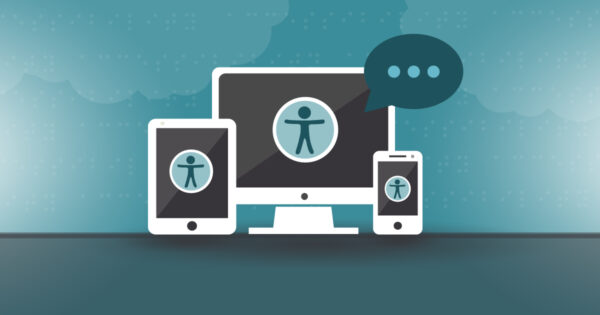Disability is not a choice, and there are many Federal laws out there to consider disabled people, too, in terms of making the products and services accessible to all. Different types of disabilities may keep the users from easily browsing through the website. So, for the web developers and designers, it is also important to consider the need of the disabled too while building public websites.
For people with disabilities, there are now many assistive technologies to understand the web’s content. There are screen readers, virtual assistants, and dedicated web browsers for visually and auditory impaired people. These types of assistive technologies are now so common, but all these rely on the compliance of the website during its making in order to assist the people with impairments.
AccessiBe – the need for ADA compliance
The life of a disabled individual is not easy. However, like normal people, they also need to work and do their daily chores to lead a normal life. The major thing that differentiates disabled people from normal ones is that they have some special needs to execute their tasks. They may need assistive equipment or special aid to do different things. So, for those offering public services, AccessiBe suggests that it is important to take care of their needs. In many cases, the disabilities may not be fully visible. Further, we will discuss some of the common disabilities which may affect the accessibility of web content and how to ensure compliance.
Visual disability
Previously, there was only one specific font style for the people with blindness to screen readers. However, now there are various types of fonts that are screen-readable, and there is much software to help blind people easily access website content. There are bailey display and speech synthesizer etc., used for easy web accessibility for the visually impaired.
Hearing disability
The best course of action for those who are deaf is to build the websites by providing apt captions for audio and video files. Some people with hearing impairment also prefer to read the text whenever possible. So, providing the verbatim transcripts of all the video and audio files may also be useful for them.
Mobility based disabilities
Most people use a mouse to easily browse through the websites. Some people, however, may not be able to use the mouse comfortably and prefer to use the touch screen or other similar tools as an input device. So, it is important to make sure that all the websites are readable on these assistive devices and are made touch-friendly.
Neurological disabilities
Various neurological conditions may affect people and impair their movement controls. In such a case, the usage of a keyboard and mouse is difficult. They may need pointers or specially designed keyboards to access the internet. They may not have good hand coordination, so the navigation of web pages needs to be planned to make it easier for them.
Cognitive disabilities
People with difficulties like attention deficit disorder or dyslexia may struggle with the overlord of Information. They may get distracted by websites that are cluttered with text, have many banners, moving objects, etc. So, it is important to offer them a clear and neutral design in order to ensure accessibility.
The government websites and all the sites that serve the public are advised to follow the accessibility guidelines. AccessiBe suggests that ADA compliance will help the web content reach more people and ensure better rankings for the web pages on search engine listings.
